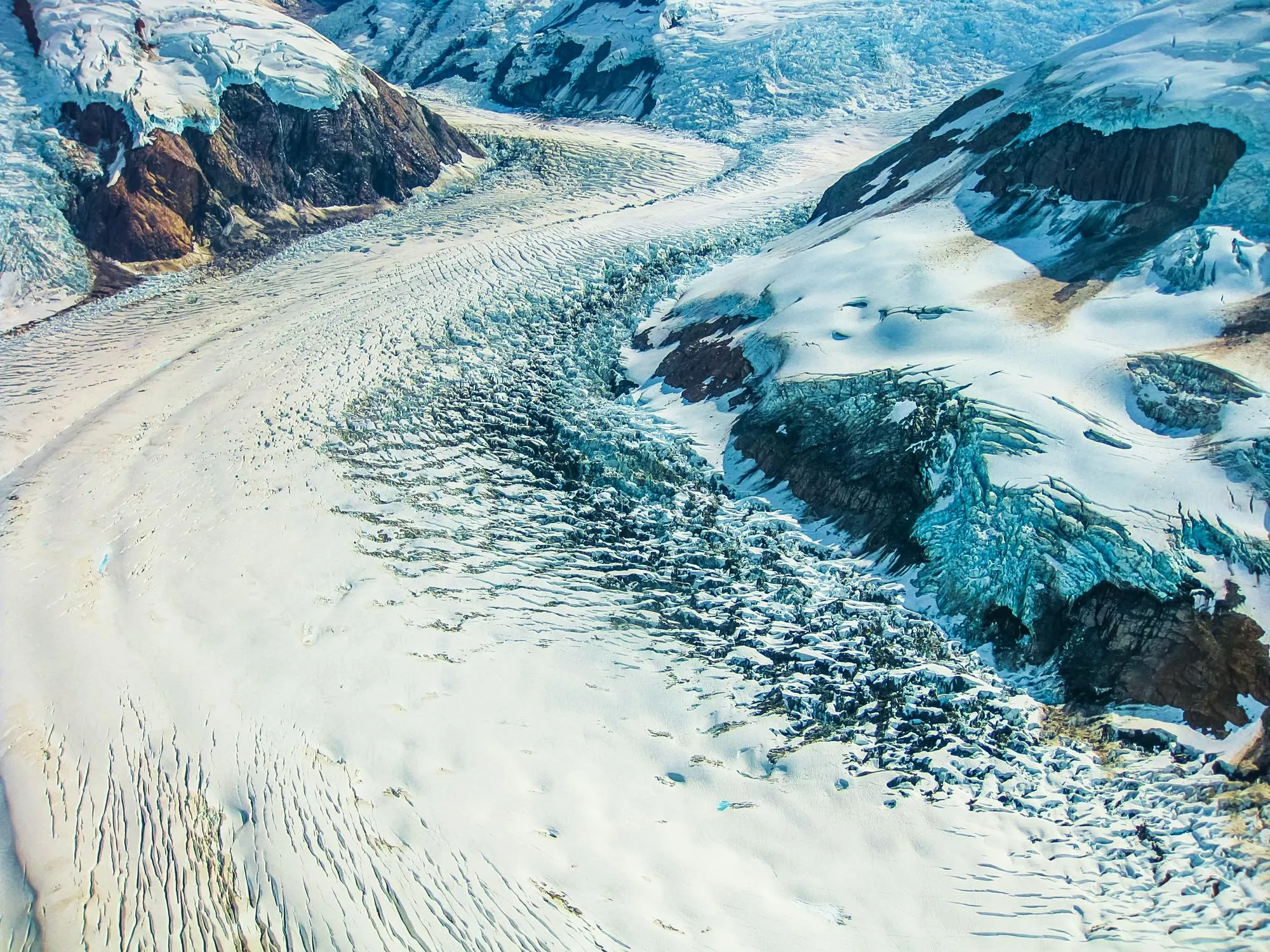Keywords
1. Siberian Arctic permafrost
2. Carbon release from permafrost
3. Climate change carbon cycle
4. Arctic river carbon export
5. Thawing permafrost impact
In the remote stretches of the Siberian Arctic, a silent observer bears witness to the unfolding narrative of climate change. Recent studies published in the Proceedings of the National Academy of Sciences of the United States of America (PNAS) unveil how these vast, frigid landscapes—home to layers of ancient permafrost—are beginning to unlock a carbon legacy with implications that could echo across the globe.
The extensive collaboration led by Birgit Wild includes a team of Arctic researchers from Stockholm University’s Department of Environmental Science and Analytical Chemistry, Bolin Centre for Climate Research, Vrije Universiteit Amsterdam, Yale School of Forestry and Environmental Studies, and the University of Texas at Austin’s Marine Science Institute. Together, they embarked on a journey to decipher the patterns of organic carbon release from melting permafrost, a critical component in understanding future climate change scenarios.
Patterns of Carbon Release
At the heart of the study lies the question: What happens to permafrost’s stored carbon upon thawing? With climate warming acting as a catalyst, the typically slow process of permafrost degradation has accelerated. This degradation mobilizes northern permafrost and peat organic carbon (PP-C), which in turn could be leached into Arctic rivers and eventually emitted as carbon dioxide (CO2) into the atmosphere.
The study focuses on deciphering how much of this carbon actually degrades at the thaw point and how much is transported through river systems before being released as CO2. The paper sheds light on the poorly constrained magnitudes of current PP-C releases, which are pivotal in the development of climate change models.
Siberian Rivers: Pathways for Carbon
Siberia’s expansive river systems play a crucial role in the carbon cycle. These rivers act as conduits for carbon that has been locked away for millennia in permafrost, transporting it from inland regions to the Kara Sea and eventually the Arctic Ocean. As permafrost thaws, increased riverine transport of PP-C could potentially amplify atmospheric CO2 concentrations.
Bridging Data Gaps
The research represents a significant step in filling the knowledge gap surrounding present carbon releases. It is underlined by a comprehensive review of existent databases and a series of radiocarbon measurements that allow the scientists to track and quantify the carbon release processes. The outcomes underscore the necessity for enhanced monitoring of carbon dynamics in these Arctic regions, particularly in light of projected continued warming.
Implications for Global Climate
The results from this study are indicative of larger, more systemic transformations taking place in the permafrost-rich landscapes of the north. As noted by Wild and colleagues, the repercussions of intensified PP-C release have broad implications. They not only affect local ecosystems but could potentiate the global climate warming phenomenon, creating a feedback loop that perpetuates the degradation of permafrost.
Calls for Action and Further Research
In light of these findings, there is an urgent need for international cooperation to address the challenges associated with Arctic carbon release. The evidence points towards the necessity of integrating the dynamics of permafrost carbon into global climate predictions more comprehensively and the development of robust mitigation strategies to manage human-induced climate change.
The study’s findings also pave the way for subsequent research into the resilience of permafrost landscapes and the mitigation of greenhouse gas emissions arising from these vast carbon stores. As we venture deeper into the Anthropocene, understanding and managing the carbon cycle becomes paramount in shaping our collective climate future.
References
1. DOI: 10.1073/pnas.1811797116, “Rivers across the Siberian Arctic unearth the patterns of carbon release from thawing permafrost,” Proceedings of the National Academy of Sciences of the United States of America, a comprehensive study exploring the carbon outflows from Siberian Arctic permafrost.
2. Frey, K.E., and Smith, L.C., 2005. “Amplified carbon release from vast West Siberian peatlands by 2100.” Geophysical Research Letters, an examination of future peatland carbon releases in Western Siberia under climate change scenarios.
3. Schuur, E.A.G., et al., 2015. “Climate change and the permafrost carbon feedback.” Nature, a review covering the implications of permafrost carbon release on global warming and climate feedback mechanisms.
4. Vonk, J.E., et al., 2013. “High biolability of ancient permafrost carbon upon thaw.” Geophysical Research Letters, research presenting evidence on the rapid breakdown and potential emission of carbon from thawed permafrost.
5. Koven, C.D., et al., 2011. “Permafrost carbon-climate feedbacks accelerate global warming.” Proceedings of the National Academy of Sciences of the United States of America, a study revealing how permafrost carbon release can contribute to accelerated global warming.
